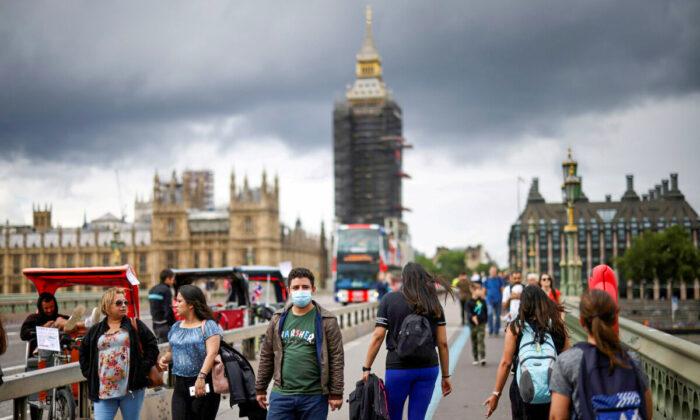The United Kingdom has expanded the official list of COVID-19 symptoms to include nine new symptoms, more than two years since the pandemic began.
Others listed include shortness of breath, unexplained tiredness or a lack of energy, loss of appetite, feeling or being sick, a headache that is “unusual” or longer-lasting than usual, and a stuffy or runny nose.
Previously, symptoms included a fever, a new and persistent cough, and a loss or change in taste or smell.
The Health Security Agency also noted that symptoms of COVID-19 are similar to those of other respiratory infections, and states that it is impossible for individuals to establish if they have COVID-19, flu, or another respiratory infection based on their symptoms alone.

However, the decision to expand the list of symptoms from three to 12 came just days after free testing for coronavirus ended in England as part of Prime Minister Boris Johnson’s “living with COVID” plan.
That is despite COVID-19 case numbers being at a record high across the country.
The latest surge is driven by the more transmissible Omicron variant BA.2, which is the dominant variant across the U.K.
ONS officials said those figures are the highest seen since its survey began at the end of April 2020.

“WHO is concerned about the recent significant reduction in SARS-CoV-2 testing by several member states,” the organization noted in the update.
“Data are becoming progressively less representative, less timely, and less robust. This inhibits our collective ability to track where the virus is, how it is spreading and how it is evolving: information and analyses that remain critical to effectively end the acute phase of the pandemic.”






Friends Read Free